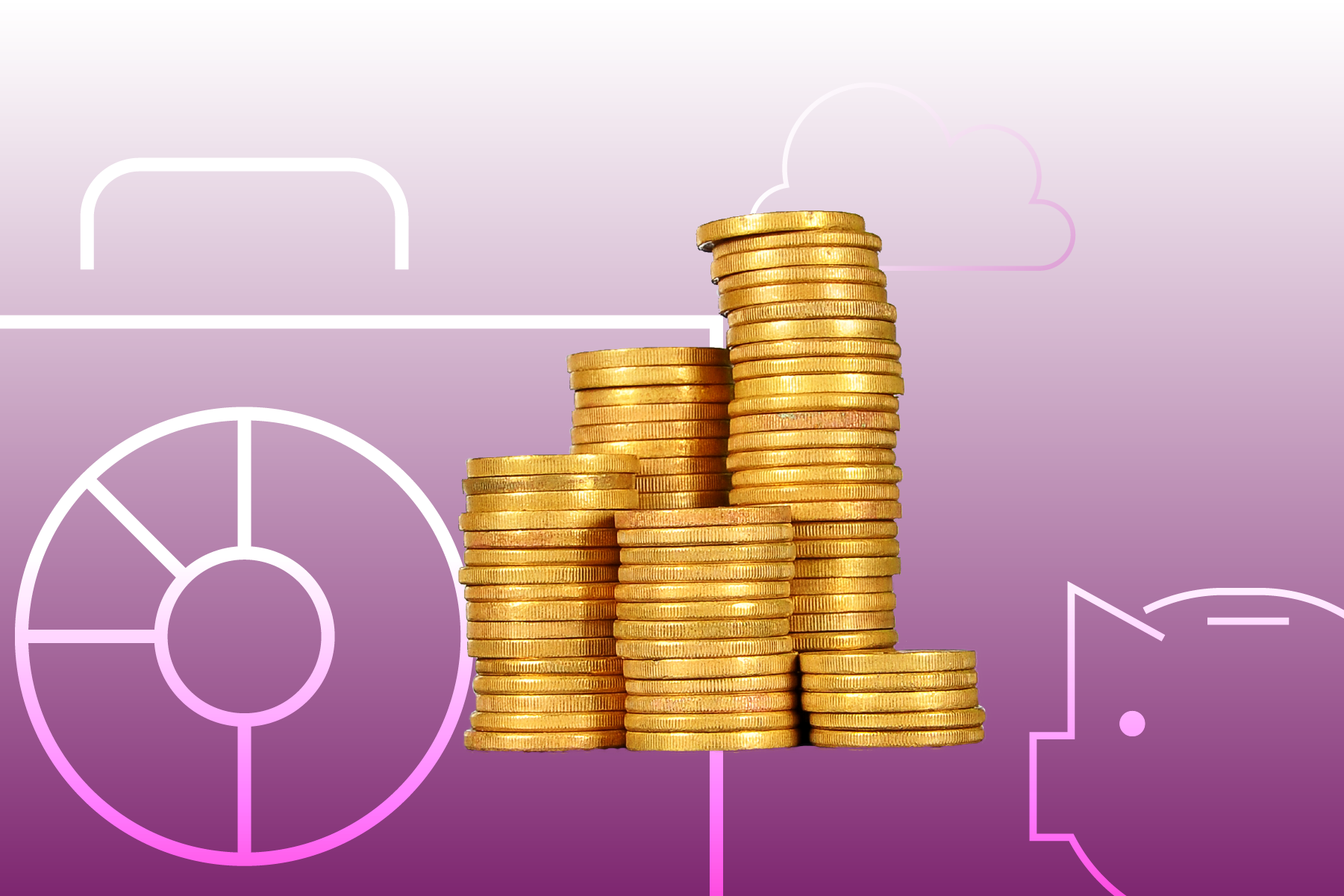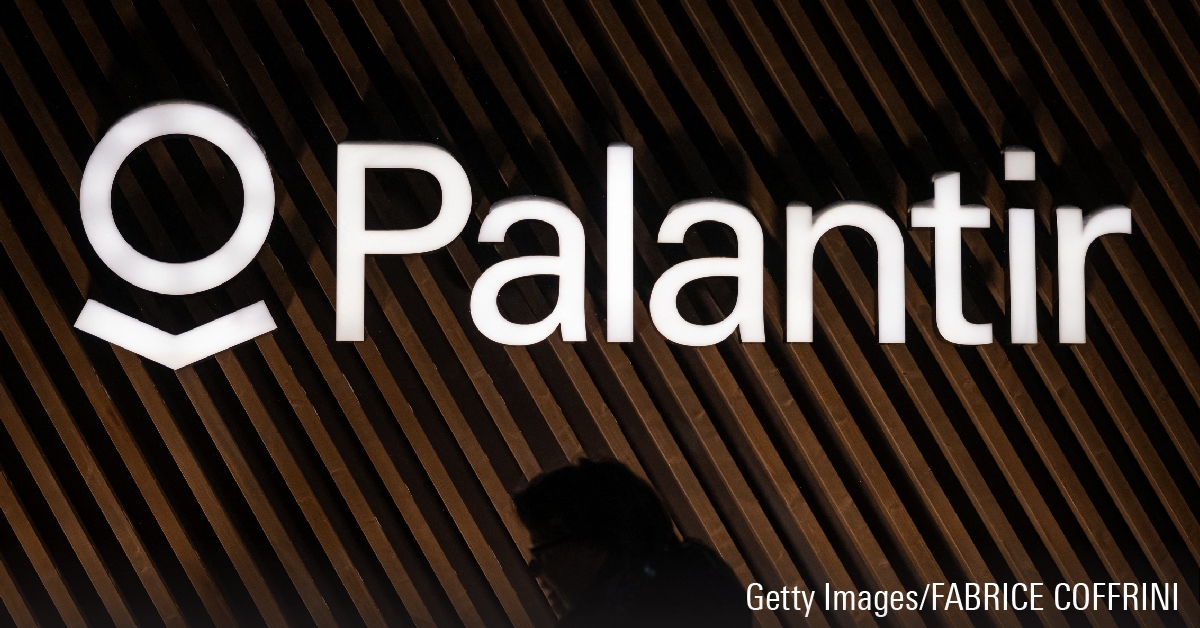As insurance products go, universal life offers a range of attractive features. Mostly, this is because of its great flexibility. Yet these policies are also complex, requiring careful scrutiny to ensure that they meet your needs.
"Universal life is permanent insurance like whole life, but it is an interest-sensitive type of policy and is much more flexible than whole life," says Tina Tehranchian, CFP, a senior financial planner with Assante Capital Management Ltd. in Richmond Hill, Ont.
Universal life is a so-called bundled policy. It's comprised of two components: one is pure insurance, which is based on your age and health and pays a pre-determined amount to your beneficiary upon death, while the other is a tax-deferred savings plan. "There is no tax on the income or growth, whether it's interest income or capital gains, as long as it remains in the account," Tehranchian says.
Unlike with whole life insurance where there is only one fixed premium, universal life policy holders must pay a minimum amount to cover the insurance portion, but they can also contribute to the savings portion, up to a prescribed maximum. In addition, they can choose where their savings are invested. The choices include guaranteed deposits, managed investment funds or a combination of the two.
Peter Andreana, CFP, a partner and business-owner specialist with Burlington, Ont.-based Continuum II Inc., cites as an example a 40-year-old, non-smoker male. Based on a death benefit of $165,000, the policy holder would pay a minimum $1,600.
At the other end of the spectrum, this individual's maximum payment would be $5,980. "The difference between the $1,600 -- which is the cost of the insurance to cover the death benefit -- and $5,980, is about $4,300, which would go into the investment vehicle," says Andreana.
Along with flexibility of payments, another advantage of universal life is the ability to use the cash value that builds up in the policy as collateral for a loan. Tehranchian says most insurance companies will lend up to 90% of the invested portion. The insurance company will charge interest on the policy loan, but the rate is likely to be lower than what the policy holder would have to pay elsewhere. Also, if you are an entrepreneur and invest the loan proceeds in your business, you can write off the interest costs.
Instead of borrowing from the insurance company, the policy owner can raise cash by making a withdrawal from the investment portion. These withdrawals will be tax-free, provided that they do not exceed the adjusted cost base (ACB) of the investments. Once withdrawals exceed the ACB, they are taxable as income.
Tehranchian recommends that clients who want to save should first top up their allowable contributions to RRSPs and TFSAs. Only then should they consider saving within a universal-life policy.
A significant disadvantage associated with universal life is the high costs that may be associated with the investment portion. Management-expense ratios for managed funds -- which are also known as segregated funds and are part of a life-insurance contract -- are typically higher than MERs of mutual funds. "Costs differ widely from one company to another, so it's something that every person should discuss with their financial advisor," says Tehranchian.
In the past, the high cost of holding managed funds was an incentive to use guaranteed investments, which came with a minimum rate guarantee and paid 4% a year or higher. In today's low interest-rate environment, however, insurance companies have eliminated the minimum guarantee. They now offer, at most, 1.5% interest annually for 10-year guaranteed interest accounts. Nonetheless, Tehranchian argues that GICs still make sense as part of the investment mix for people who want to lessen the impact of market volatility.
Choosing the investment for a universal-life contract is not simply a matter of finding the one with the highest potential return. "It has nothing to do with the product, and everything to do with your goals, risk tolerance and target asset allocation," says Andreana. "I'd always start above the planning horizon, by looking at those three things. Then, we'd look below the planning horizon to find the right product to meet your goals and needs."
Moreover, Andreana warns that many people mistakenly believe that life insurance is safe and secure. "In the universal-life world, you can make or lose money. It's very important to understand that. Just like your portfolio outside your universal-life policy can go up or down, so can the investments inside the contract," says Andreana. "That impacts your cash value, your death benefit and those collateral loans."
Policy holders need to be aware of the risks of holding market-oriented investments. "If you put risky assets in your policy, such as equities, and run into a year like 2008, and sustain a 25% loss in an equity fund, that will mean the insurance company could ask you for more premium to keep the policy in force," Tehranchian warns. "If you've been paying only minimum premiums, that could put you offside and you will need to put in more money to sustain the policy. That's why it is safer to have less volatile assets."
Alternatively, adds Tehranchian, you can pay the maximum premiums allowed each year. This would build a cushion for when markets are weak.
Universal life often tends to be aimed at business owners, physicians and other professionals. However, rather than simply say it's more suited for a self-employed person than one who is salaried, Andreana argues that these policies have to be based on personal goals.
"I'd rather look at what is going to best fit your needs," says Andreana. For instance, some business owners purchase universal-life contracts and keep them inside a holding company as a way to transfer wealth to the next generation. "You need to understand what the client is trying to accomplish," Andreana adds. "What are their needs and what are their values?"
Because of the complexity surrounding universal life, it's advisable to consult a specialist and shop around. Understand that insurance companies have different investment products, says Andreana. Some firms will have the widest range of investment options. Others will offer the lowest-cost vehicles. "Most of all, you have to understand what is most important to you."














